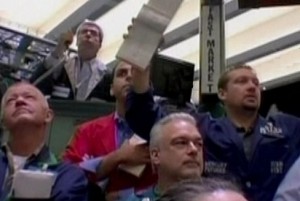One measure for evaluating stock investing is to determine whether the stock market is relatively high or relatively low. Are stocks getting cheap or expensive? With reference points like this you can more accurately make decisions about purchasing, selling, or rebalancing.
In late 1997, I wrote that the stock market was horrifically over-priced and you should be very careful with your stock portfolio. The stock market bubble then continued to inflate for 2 more years until its peak in 2000. During those run-up years, internet companies with minimal sales and no hope of earnings were going public and then skyrocketing in price. At the market peak back in 2000, the Russell 2000 Index, a stock index for smaller-capitalized companies, was trading at 39-times earnings. (Let me explain what this means: if you purchased this stock index you are paying $39 for $1 of earnings. Just to break-even on your purchase it would take 39 years – does that sound cheap or expensive to you?)
Over the last 25 years, the average price-earnings ratio for the Russell 2000 is under 30. For a comparison, the large companies of the S&P 500 Index have an average price-earnings ratio of around 18 times earnings. Some investors would never consider buying a stock with a price-earnings ratio over 12.
Today, the S&P 500 Index is still trading at a reasonable 17.2 times earnings, however, the Russell 2000 Index is trading at a lofty 49-times earnings. This is far higher than it was during the dot-com bubble in 2000 before it crashed. Sure, the Russell 2000 Index could still move up another 2 years, but it indicates that you should be very careful with buying or holding small-cap stocks at this high level. The risk or downside is very large and the potential gain or upside keeps getting smaller.

